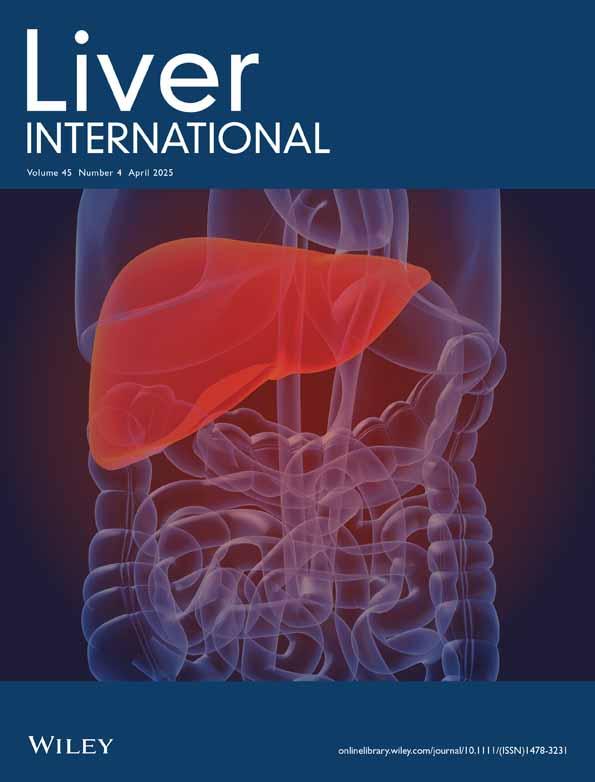Inhibition of MALT1 Protease Attenuates Hepatic Sinusoidal Obstruction Syndrome by Modulating NRF2/HO1 and NF-κB Pathway
Funding: Used internal funds of the institute. This research did not receive any specific grant from funding agencies in the public, commercial or not-for-profit sectors.
Handling Editor: Raúl J. Andrade
ABSTRACT
Background and Purpose
Hepatic sinusoidal obstruction syndrome (HSOS) is a rare liver disorder with potentially life-threatening consequences for colorectal chemotherapy and haematopoietic stem cell transplant recipients. MALT1 (mucous-associated lymphoid tissue lymphoma translocation protein-1) is a protein that plays a key role in the production of inflammatory cytokines, ischemia, atherosclerosis, apoptosis and thromboinflammation; however, its role in HSOS is largely unknown. We aimed to investigate the effect of MALT-1 inhibition in in vitro and in vivo models of HSOS.
Experimental Approach
Two mouse models (FOLFOX challenge in immunocompetent and immunocompromised mice) were used to investigate the therapeutic benefits of the MALT-1 inhibitor (MI-2) in vivo. HHSEC, HLEC and RAW-264.7 cells served as in vitro models. HSOS-responsible genes, marker levels and downstream signalling were examined using quantitative real-time PCR, western blot, immunocytochemistry and immunohistochemistry analysis.
Key Results
In the current investigation, MI-2 significantly reduced FOLFOX-induced HSOS in both mouse models by inhibiting the occlusion of sinusoids, RBC extravasation and bridging fibrosis in liver sections. MI-2 treatment also dramatically reduced specific SOS markers (vWF, VEGF, ephrin, bilirubin and PECAM) and other inflammatory markers. Mechanistic investigation in in vitro models using macrophages, sinusoidal and endothelial cells demonstrated that MI-2 treatment significantly diminished the inflammatory marker levels/expression by lowering ROS production. In addition to the pharmacological approach, siRNA-mediated MALT1 suppression remarkably reduced chemokine and cytokine marker expression in sinusoidal cells.
Conclusions and Implications
Thus, our findings demonstrate that MALT1 suppression dramatically reduces FOLFOX-induced inflammatory and fibrotic conditions by modulating the NF-κB activation, paving the way for innovative HSOS therapy approaches.
Conflicts of Interest
The authors declare no conflicts of interest.
Open Research
Data Availability Statement
The data that support the findings of this study are available from the corresponding author upon reasonable request.




